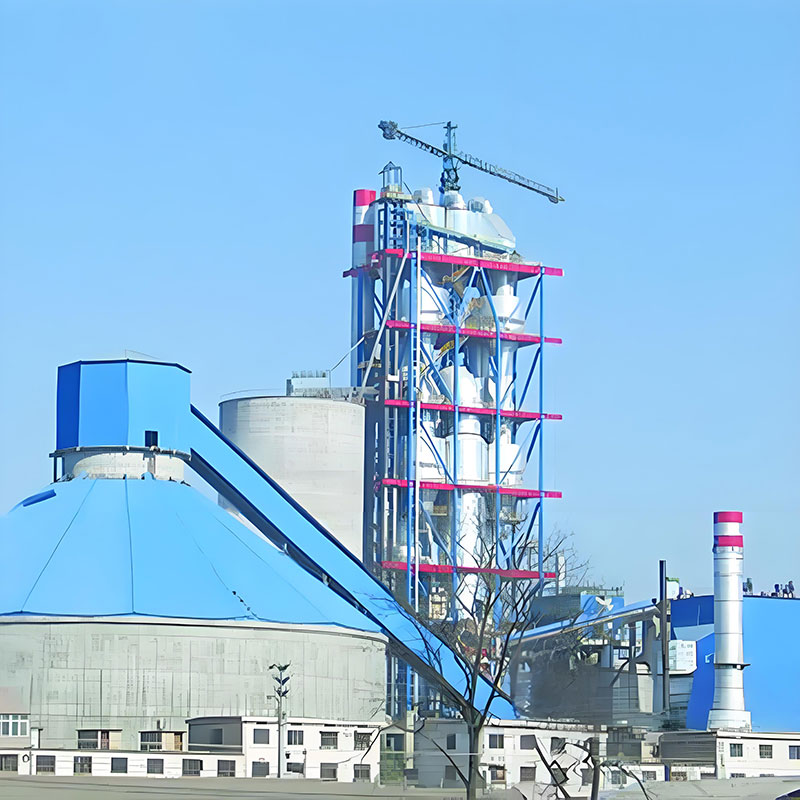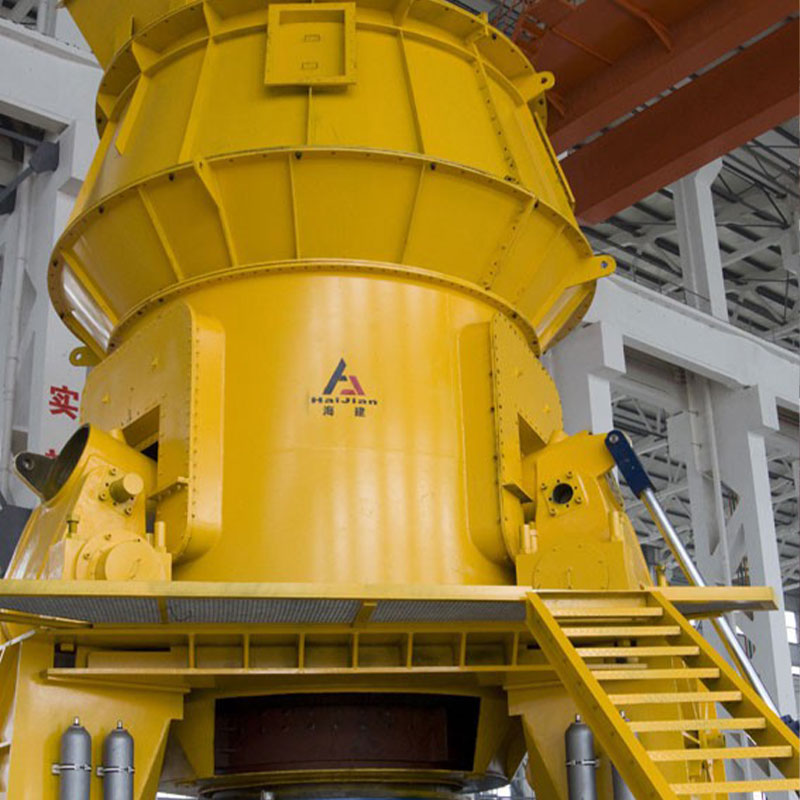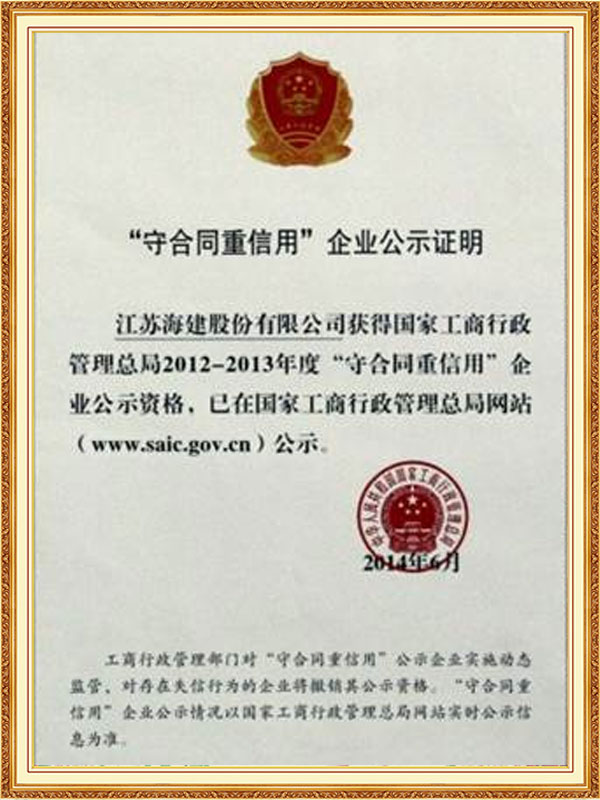Jiangsu Haijian Co., Ltd is a professional China NE bucket elevator Manufacturers and NE bucket elevator Company. We provide professional cement production equipment, industrial solid waste incineration equipment, and professional equipment for mining and metallurgical applications.We are a major manufacturing enterprise, a key backbone enterprise, and a primary export base for cement, power, environmental protection, and metallurgical and mining equipment in China. The company has the legal rights to independently manage the import and export of its products and is legally authorized to undertake general contracting for foreign projects.
-

Professionalism
-

Quality
-

One stop solution



News Center
News Updates
-
Admin 2025-12-09
Common Faults and Solutions of Cement Production Lines
A cement production line is a complex system encompassing multiple stages, including raw material crushing, mixing, calcining, cooling, and grinding. Each stage requires precise control and coordination, and any malfunction in any stage can affect the efficiency and product quality of the entire pro...Read More -
Admin 2025-12-02
How to Improve the Production Efficiency of a Cement Production Line?
The cement production line is a crucial link in cement manufacturing, encompassing the entire process from raw material mining to final product production and packaging. With the ever-increasing market demand for cement products, improving the production efficiency of cement production lines has bec...Read More -
Admin 2025-11-25
What factors affect the quality stability of a cement production line?
In today's increasingly competitive cement industry, the stability of cement quality has become a key factor for enterprises to survive in the market. For cement production lines, quality is not determined by a single link, but involves multiple factors such as raw materials, equipment, processes, o...Read More
Industry knowledge
The NE series plate chain bucket elevator, a key vertical conveying equipment in modern industrial production, has become the preferred equipment for lifting bulk materials such as ore, coal, and cement due to its excellent performance and reliable operation. Jiangsu Haijian Co., Ltd. is a professional NE bucket elevator manufacturer and company. The NE series elevator utilizes a high-strength plate chain drive system, offering significant advantages over traditional chain structures:
Wear-resistant plate chain: Made of high-quality alloy steel and undergoing a special heat treatment process, it boasts a service life of 3-5 years.
Modular hopper design: The hopper and chain are bolted together for easy, independent replacement, reducing maintenance costs by 40%.
Precision-machined sprocket: Optimized tooth profile ensures smooth engagement and operating noise levels below 75dB.
Fully sealed housing: Featuring a double-shell construction, dust leakage is less than 50mg/m³, meeting environmental requirements.
The equipment's drive system features a hardened reducer (efficiency ≥96%) and a backstop device to prevent the hopper from rotating in the event of a power outage. Models NE300 and above are equipped with a hydraulic coupling to effectively mitigate startup shock, reducing motor power by 15-20% compared to traditional models.
During daily operation, operators should check the equipment's operating status every shift, focusing on motor current fluctuations. Normal fluctuations should be within ±10% of the rated value. Operators should also carefully listen to the operating sound of the equipment; abnormal noises often indicate bearing damage or a loose chain. Lubrication management is paramount in routine maintenance. Drive chains require weekly grease with special high-temperature grease. Reducers require monthly oil level checks and ISO VG220 gear oil refills. Bearing seats require quarterly lithium-based grease. In dusty environments, seals must be inspected more frequently to ensure integrity and prevent dust from entering the bearings.
Regular maintenance should be performed in a tiered manner based on operating time. The hopper mounting bolts must be thoroughly inspected monthly for tightness, ensuring torque is within ±5% of the design value. Chain elongation should be measured, and the tensioner must be adjusted immediately if it exceeds 2% of the original length. Head and tail bearings should be disassembled and inspected quarterly, cleaned, and greased. Sprocket tooth wear should be inspected; any wear exceeding 10% of the tooth thickness must be replaced. Annual overhauls are more comprehensive and require disassembly of all hoppers for wear inspection. Any hoppers deformed or worn by more than 30% must be replaced. The housing's straightness and levelness should be checked, and any deviation exceeding 3mm/m must be corrected. The electrical system should also be insulation tested, ensuring the motor insulation resistance is greater than 1 megohm.


 English
English  русский
русский  Español
Español 

















